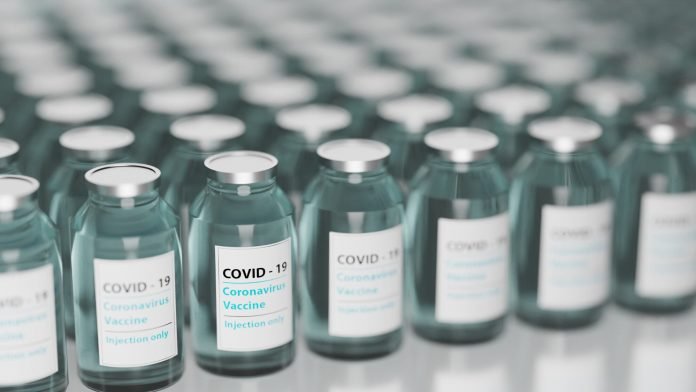Last Updated on March 12, 2024 by admin
2021 truly was the year of the vial. Never before have vials been so central to a news story that affected every human alive – the coronavirus pandemic. The world needed at least two vaccines for every person alive, and that meant a minimum of 15.6 billion vials!
But vials aren’t just for vaccines. If your work involves laboratories or the perfume industry, vials are essential to your industry. Exactly what types of vials exist today, and what are they used for?
Let’s take a closer look at the most important types of vials.
Table of Contents
Types of Vials – When and How to Use Them
Vials are small bottles, usually used to store liquids, although they are sometimes used to store small tablets and powders. They’re commonly used for medicines, samples for analysis, and in laboratories for gas chromatography.
Most vials are made of either plastic or glass. The second main difference is screw-top or patent lip vials, or crimp-top vials.
Vials for Scientific Research
Crimp-style vials are specially designed for use with laboratory equipment. One way to improve laboratory safety is to use wide-mouthed vials. Their wider opening makes pipetting easier.
They are also compatible with autosampler needles. They are available in a variety of sizes and with tamper-proof caps, making them ideal for use in the criminal justice system. Check out chromtech.com for more information on their many applications.
Borosilicate Glass Vials
Not all glass vials are created equal. Borosilicate glass contains boric oxide. The best vials for use in both scientific and medical applications are made from this type of glass.
It is inert, and won’t react with the contents. It’s also resistant to thermal shock, is non-porous, and is fully recyclable.
Plastic Vials
The cosmetics and perfume industries often use plastic vials to provide free samples of their products to customers. They are also used by police and other branches of law enforcement to store samples collected from crime scenes.
It’s not possible to store certain substances, such as hydrofluoric acid in glass because it etches it. This must be stored in plastic vials.
Polypropylene and polyethylene are commonly used to make vials. They are lightweight, cheap, durable, and resistant to many chemicals. This makes them suitable for a wide range of scientific applications as an alternative to glass vials.
The Pros and Cons of Different Types of Vials
It could be easy to conclude that glass vials are inherently better than plastic vials. But that is not always the case.
For one, glass is more difficult to handle. It’s easy to drop, and when that happens it’s more likely to break than glass.
Glass also costs more to ship due to its higher weight. Both plastic and glass are also recyclable.
Your choice of vial will nearly always come down to the application. For example, some autosamplers are able to accept both glass and plastic, whereas some are only compatible with one type. This will also dictate the size of vial to choose.
Getting the Right Vials for Your Needs
At first, it might seem like there are many types of vials on the market. But while there are differences in sizes and styles, plastic and glass dominate the world of vials. Both have their pros and cons, and usually, the application will dictate which is the right choice for you.
If you’ve enjoyed this article, we’ve got plenty more for you! Check out our Business section today!

























